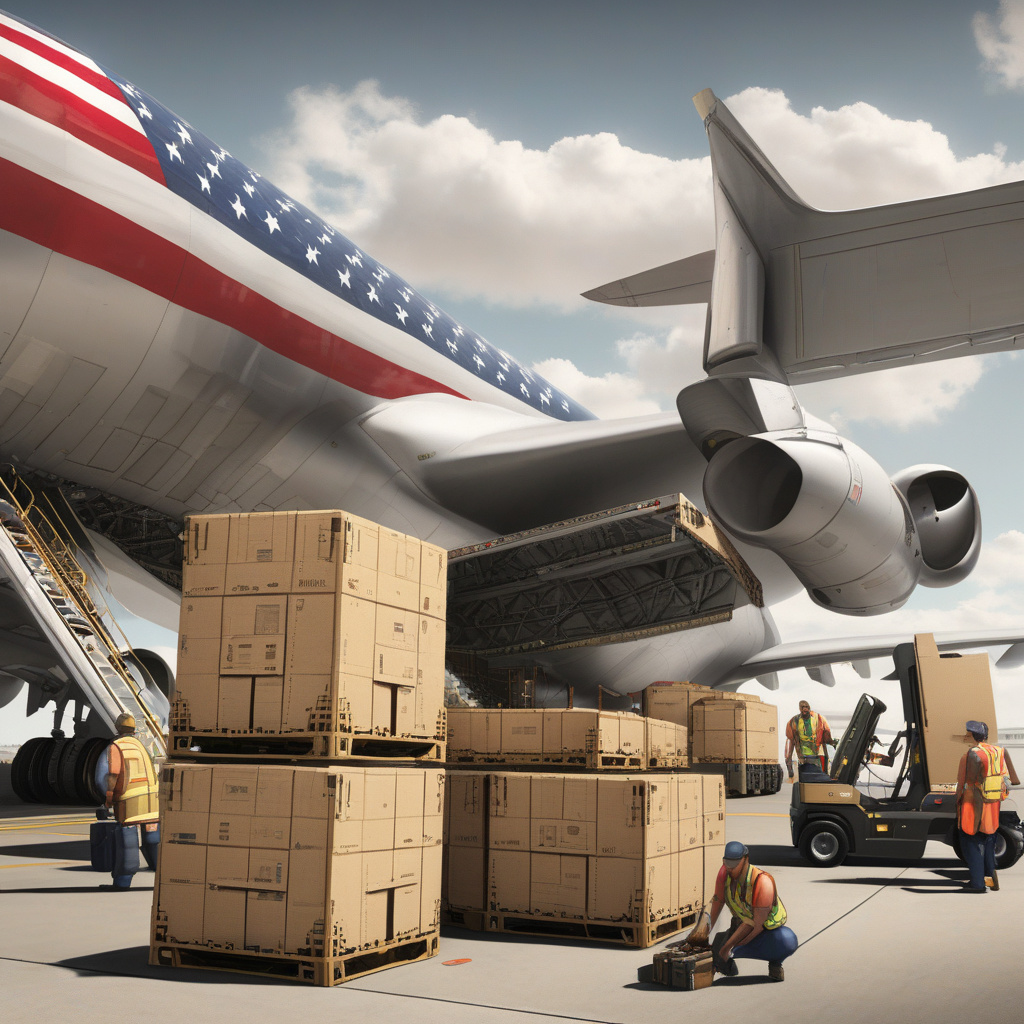In a strategic move to sidestep the impact of President Trump’s tariffs, Apple recently orchestrated a massive operation, chartering six airplanes to transport a staggering 600 tons of iPhones from India to the United States. This maneuver, highlighted by Reuters, was a bold response to the escalating trade tensions that have engulfed the tech industry in recent times.
The intricate web of global supply chains woven by Apple now extends to both China and India, with the latter emerging as a key player in the company’s manufacturing landscape. With tariffs reaching as high as 145% in China and 26% in India, Apple found itself compelled to seek alternative routes to navigate these turbulent trade waters. While Trump’s decision to temporarily halt tariffs on India provided a brief respite, the tech giant’s proactive measures underscore the complexity of mitigating such economic challenges.
Negotiating behind the scenes, Apple successfully streamlined the customs procedures at Chennai airport, significantly reducing the processing time from 30 hours to a mere six. This behind-the-scenes maneuvering reflects the lengths to which major corporations are willing to go to safeguard their bottom line in the face of unpredictable policy changes. The silence from both Apple and Indian authorities on this front speaks volumes about the delicate dance of international trade dynamics.
Counterpoint Research sheds light on a revealing statistic: a substantial 20% of iPhones sold in the US originate from India, emphasizing the pivotal role the country plays in Apple’s global distribution network. While the majority still hail from China, this significant shift underscores the evolving landscape of tech manufacturing and distribution strategies in response to geopolitical uncertainties.
Apple’s decision to airlift iPhones from India to the US serves as a poignant reminder of the intricate interplay between economics and geopolitics in the tech industry. As trade tensions continue to ebb and flow on the global stage, tech giants like Apple are forced to adapt and innovate swiftly to navigate this ever-changing landscape. The agility demonstrated by Apple in orchestrating this operation not only showcases its logistical prowess but also underscores the strategic foresight required to thrive in an environment rife with uncertainty.
In conclusion, Apple’s airborne endeavor to circumvent Trump’s tariffs symbolizes the lengths to which companies will go to navigate the choppy waters of international trade. By leveraging a complex network of suppliers and transportation methods, Apple exemplifies the agility and resilience necessary to thrive in an era defined by geopolitical volatility. As the tech industry continues to grapple with shifting trade dynamics, such strategic maneuvers will likely become an integral part of companies’ playbooks in ensuring their competitive edge in a tumultuous global market.

